Dance Dance Revolution (DDR) started out as a rhythm game played in local arcades, from Round 1 in Los Angeles to the SEGA building in Akihabara, Tokyo. Both the east and the west developed their own competitive scenes in isolation.
They never really crossed paths until the 2016 Konami Arcade Championships (KAC), where Konami invited both western and eastern players to compete in an exhibition tournament. The stage was set for a clash that had never been seen before.
Chris “Chris4Life” Chike came to Japan as an unknown competitor from a foreign land and left a champion. He defeated Yoon “FEFEMZ” Sang Yeon in the final, setting off a rivalry that would last the next three years. What he found was not just the thrill of competition, but a sense of connection to players on the other side of the world.
“I for sure thought I could win it,” said Chris4Life in an interview with RedBull in 2019. “I’ve been either the best, or among the best, at DDR for the past few years, so I knew I was capable of doing it. I just had to do it.”
Chris4Life won KAC again in 2017 and took second place in the next two years. Along with him was a group of 25 players that also travelled to Japan each time. The players did not compete, but rather went to explore the uncharted territory of Japan, where DDR was created. Chris4Life’s win left the western players with “a sense of pride” that they never had before. More importantly, it established a global community for DDR that still exists to this day.
Move to the music

The premise of all rhythm games is simple: DDR players use their feet to hit arrows on a plexiglass pad, Guitar hero players hit five different buttons on a plastic guitar and Osu! players use their mouse and keyboard to time clicks on their computer screen. All games share the same focus — staying on beat.
“Your minds and your bodies are synchronized in a way that it gives you a common ground in a way that very few other things can do.” Roger Clark, 15 year DDR veteran and executive producer of Club Fantastic, said.
To Clark, DDR was one of the first esports. He described crowds of people taking turns on a machine during tournaments, towels around their neck, gatorades in hand. He has been running such events for the better part of 15 years and said he has always believed in its potential as an esport.
Even when Konami halted the development of DDR for eight years, community members like Clark helped keep it alive. Booking venues, using trucks to transport almost half a ton DDR cabinets from one place to another. He said the work was difficult and unforgiving, but worth it to keep a community he cared about alive.
“After [the 16th installment in the series], DDR Ace, it became apparent that we had been doing this esports thing without any support from Konami,” Roger said, “and with no one noticing that what we were doing was ahead of the game.”

Leon Brunson, another player, said he loves to compete in DDR, but that’s not what makes the community special to him. When a hurricane hit Leon’s hometown of New Orleans, it ripped through his mother’s home.
He didn’t know to do.
Then, he learned the community had set up GoFundMes to help Leon’s Mother through the worst times., To Leon, this serves as the anecdote he tells to describe the character of the DDR community.
“My family was affected by Hurricane Michael in 2018,” Brunson, who now works as a part time chef, said.”They’re good now, but they had no home for a while”
Selflessness, generosity and competition. These are the pillars that the DDR community stands on, and continues to stand on to this day.


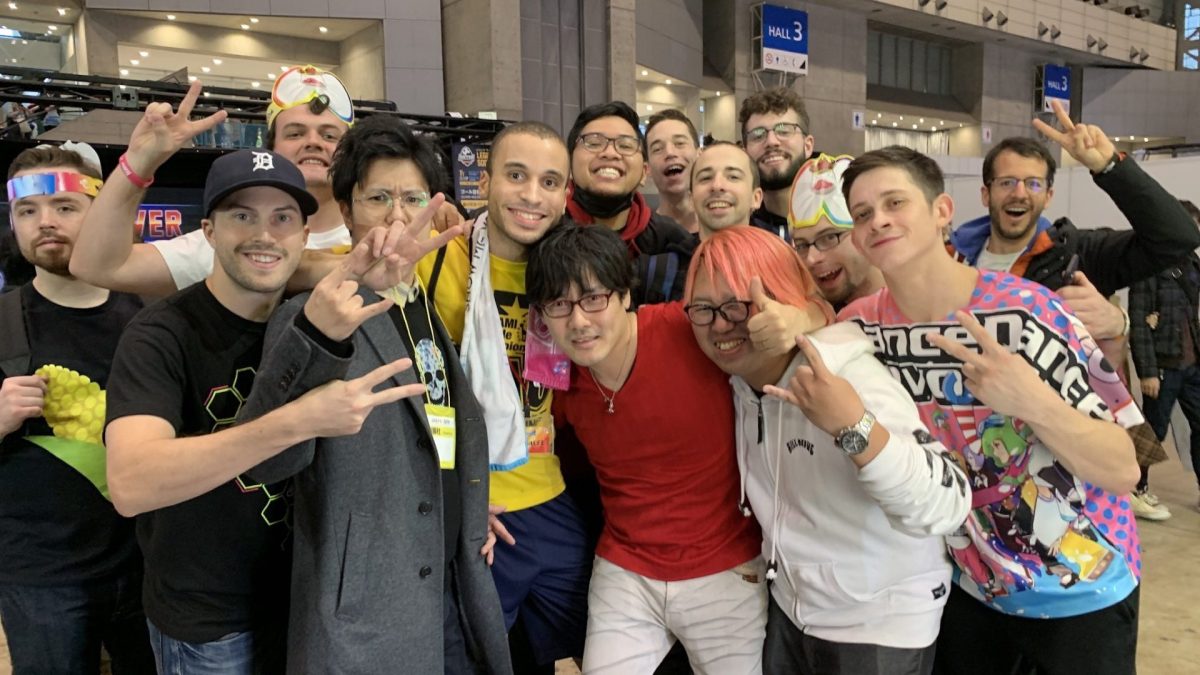





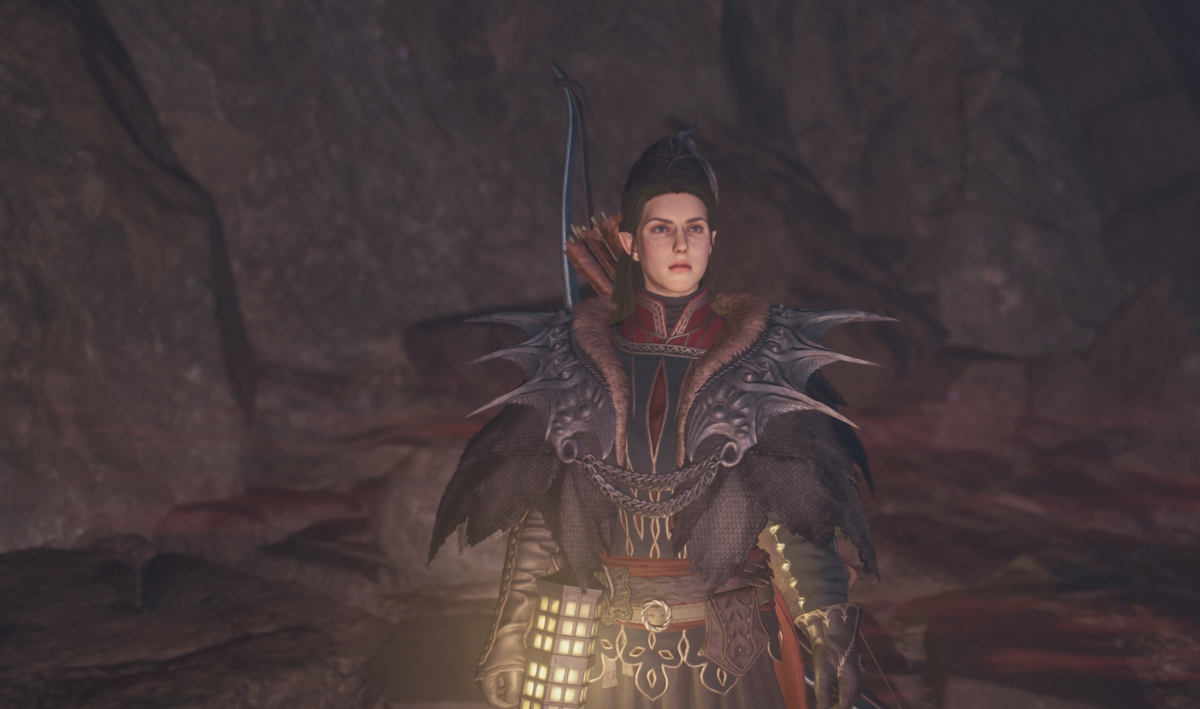
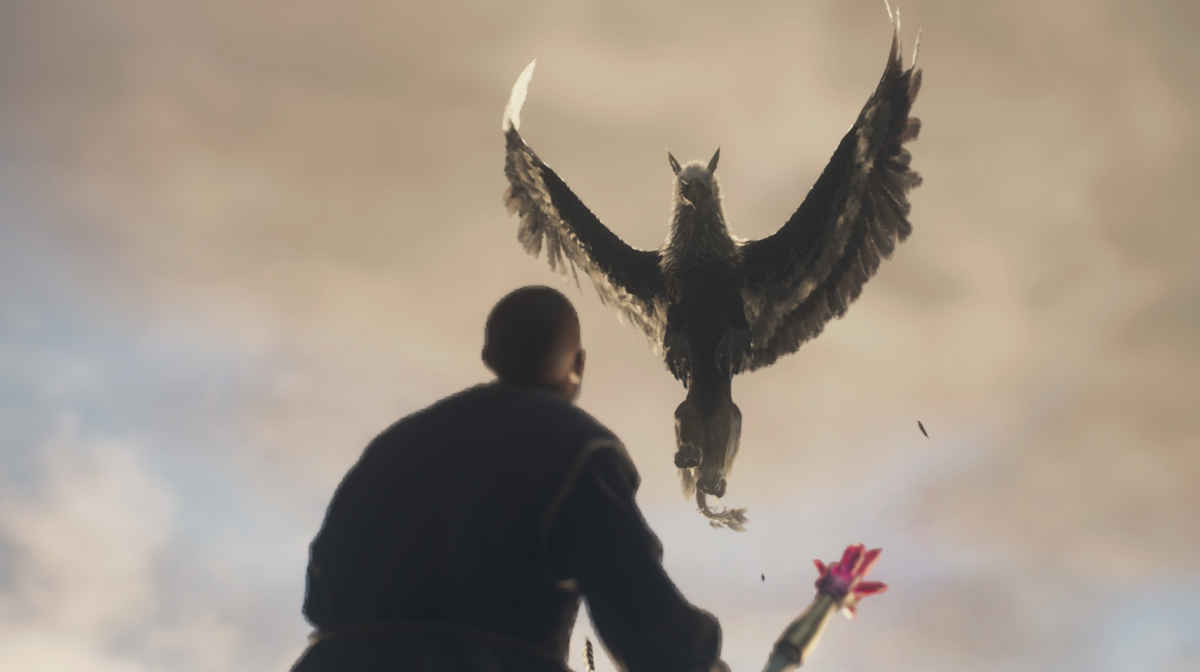
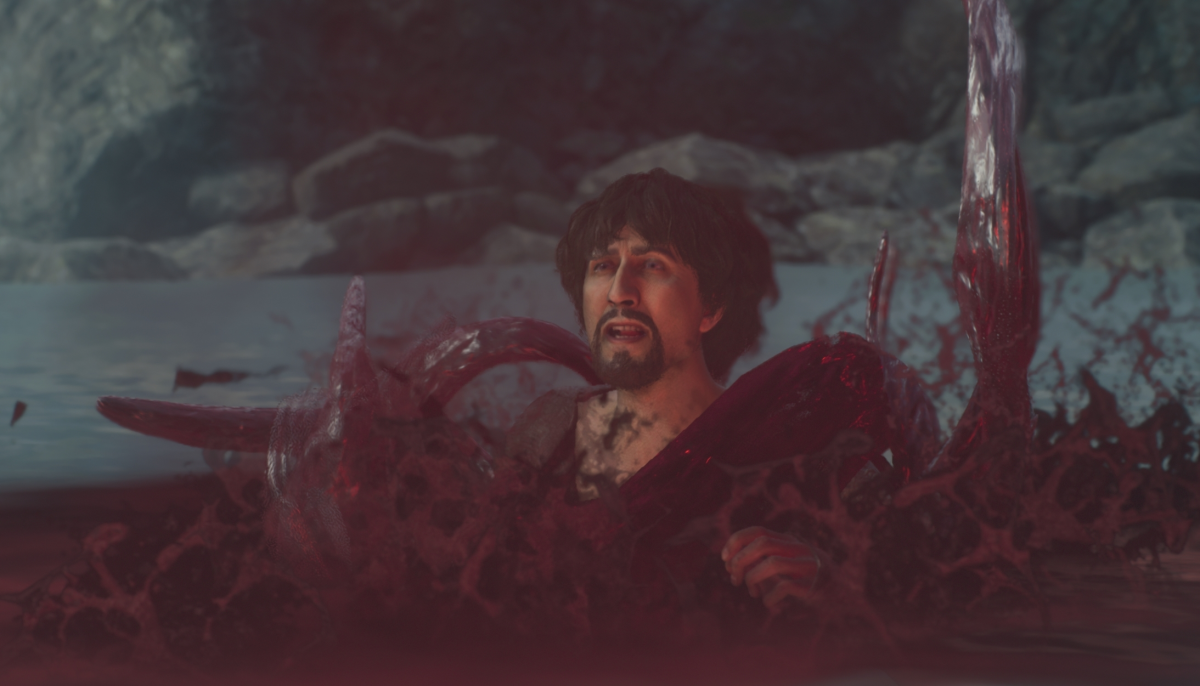
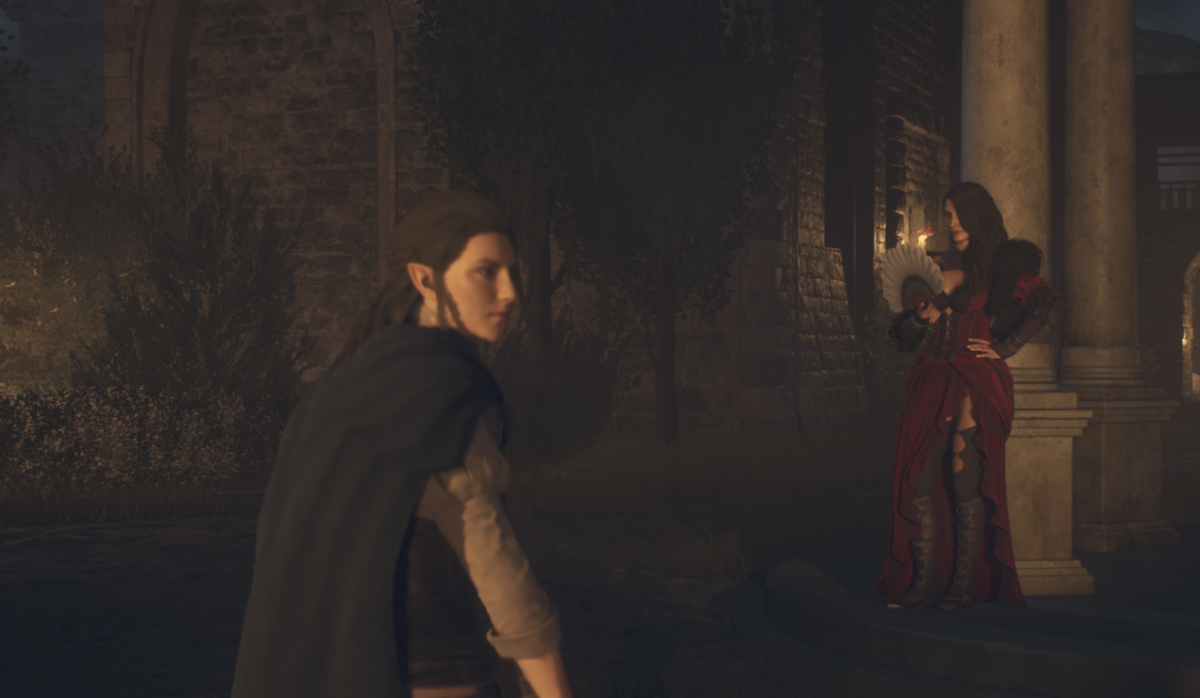
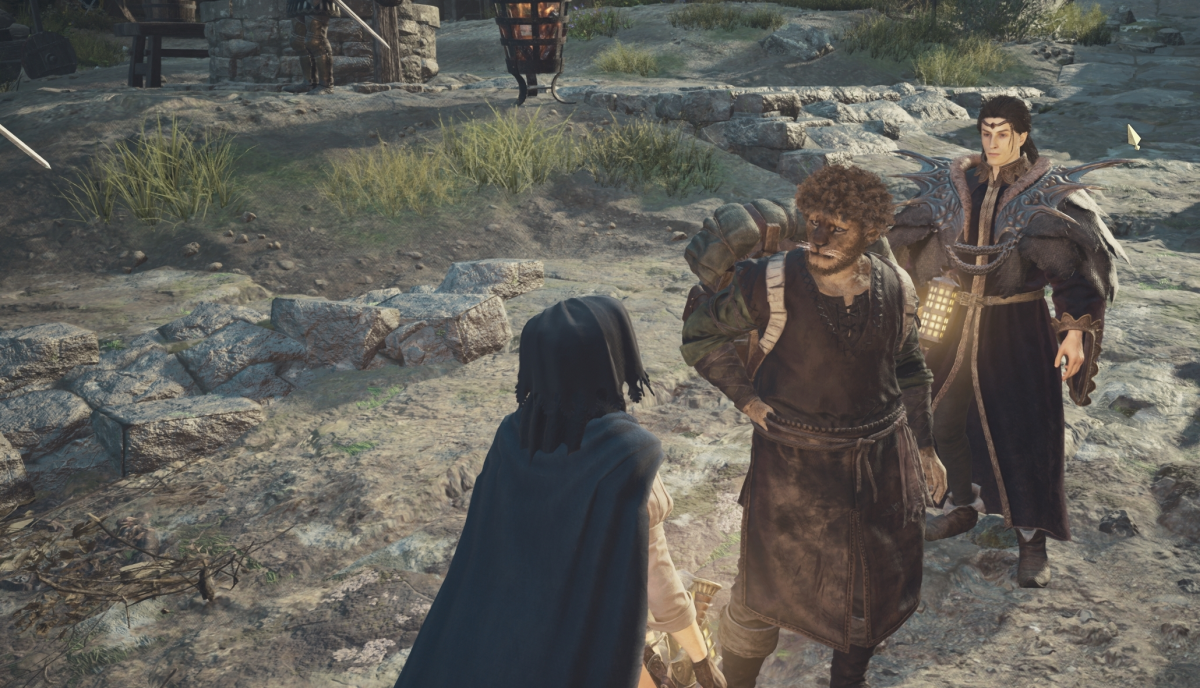
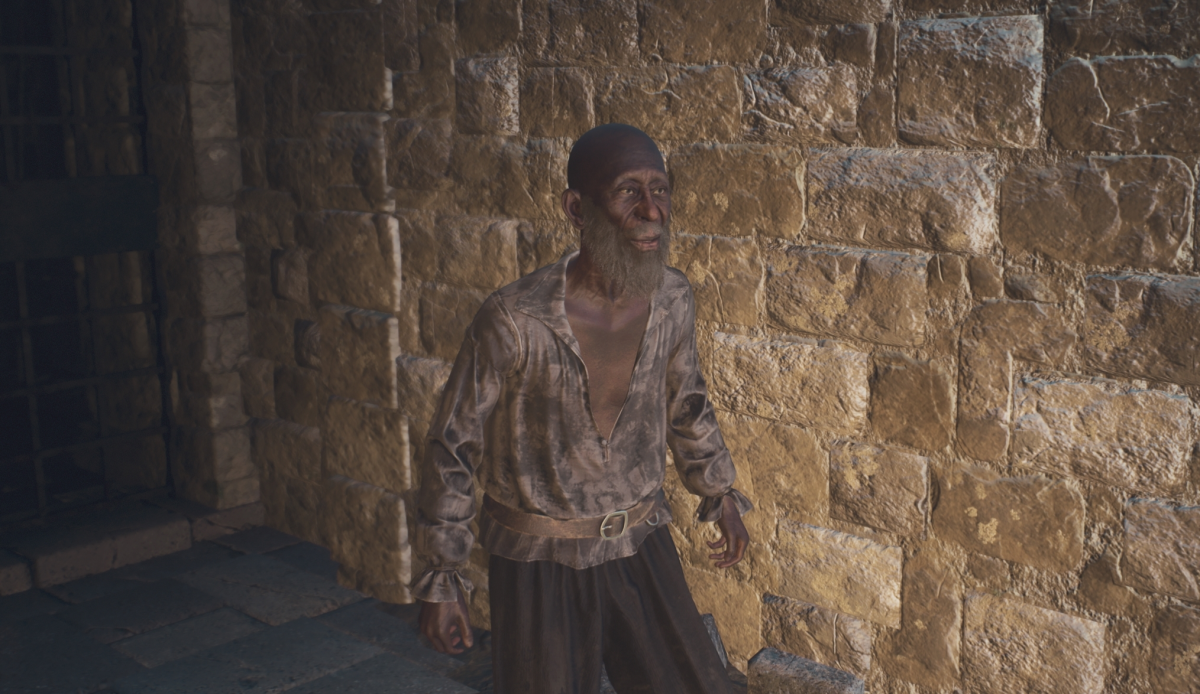
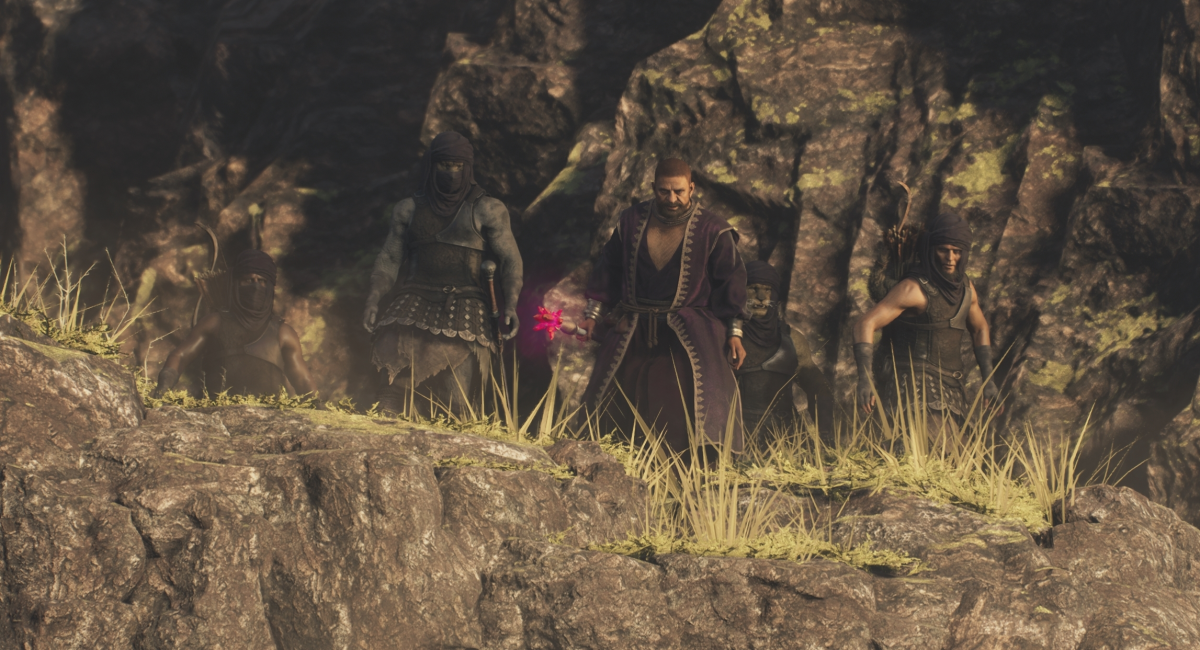
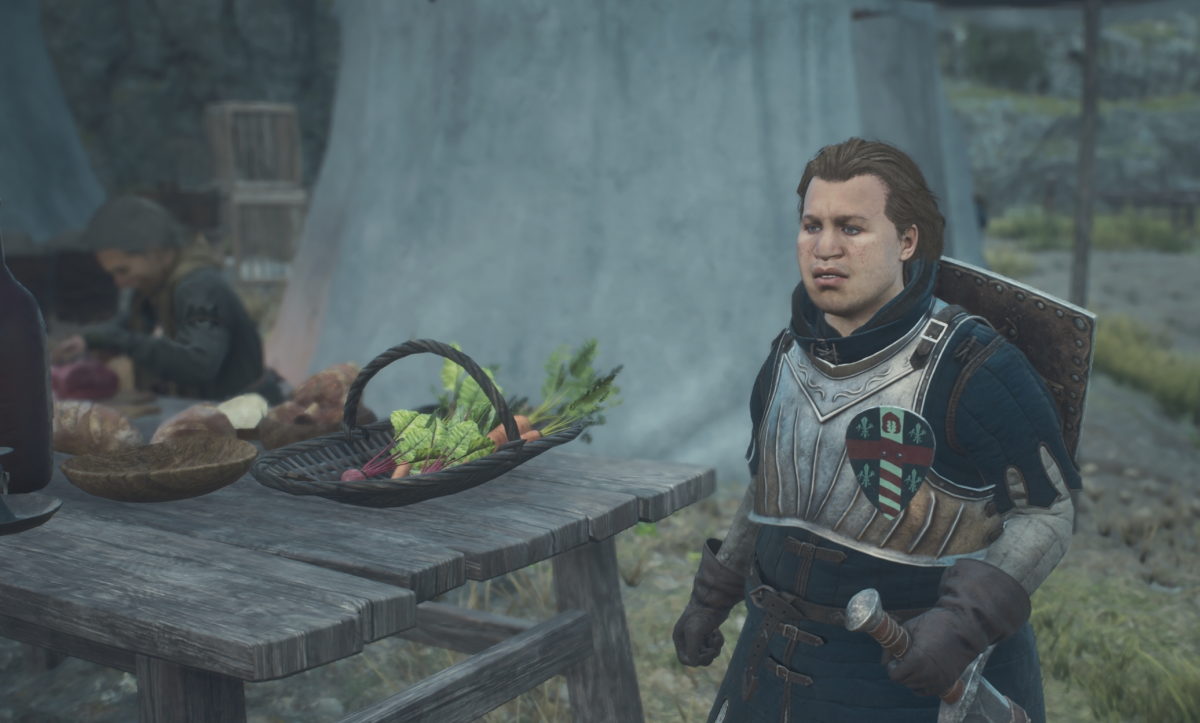
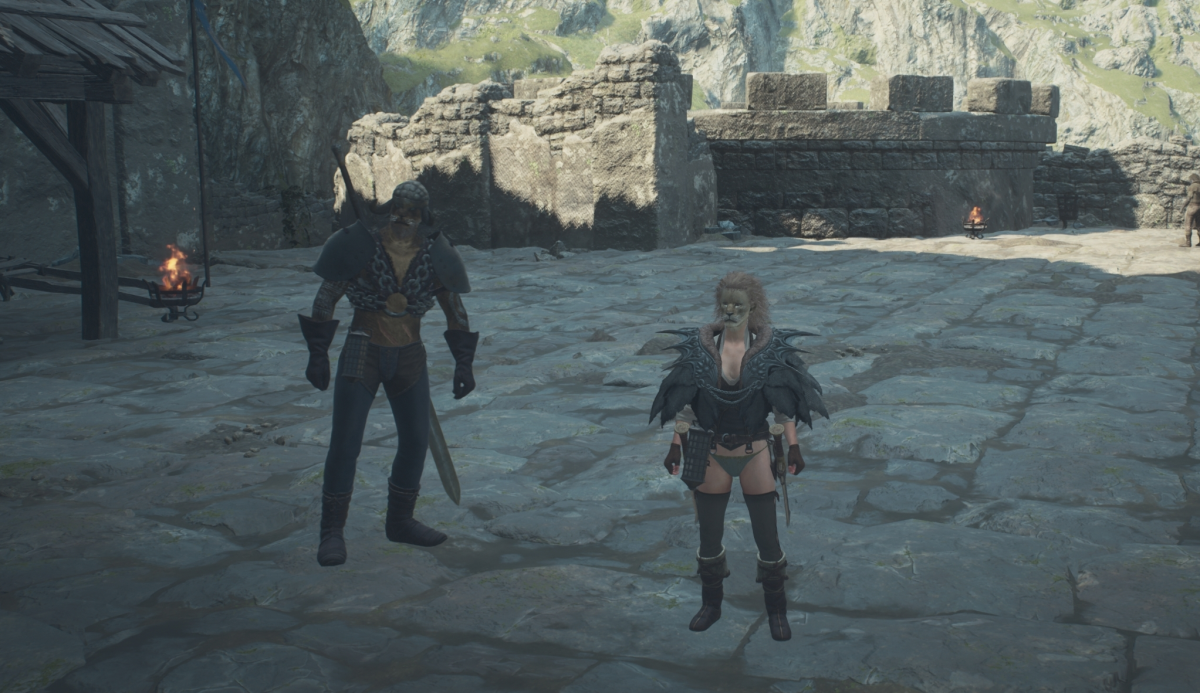

Published: Sep 10, 2021 04:51 pm